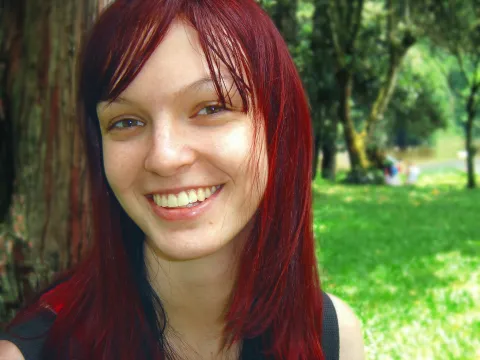What is the Crossover Youth Practice Model (CYPM)?

The Department of Human Services (DHS) and Multnomah County Juvenile Services Division (JSD) partner to better serve youth involved in both the juvenile justice and child welfare systems.
We strive to:
- Reduce the number of children placed in out-of-home care,
- Reduce disproportionate representation of children of color,
- Reduce the number of youth who get new charges,
- Increase family and youth voice in decision making, and
- Work together to provide needed services in a timely manner to families, youth, and children.
In Multnomah County, our definition of crossover youth are those simultaneously receiving services and/or supervision from both the juvenile justice and child welfare systems.
For more information:
Ansley Flores
503-988-3383
The Georgetown University Public Policy Institute’s Center for Juvenile Justice Reform (CJJR) and Casey Family Programs joined together to launch a practice model that is designed to strengthen how the juvenile justice, child welfare, and other related systems of care serve crossover youth. Multnomah County was one of the first jurisdictions nationwide selected to implement the Crossover Youth Practice Model (CYPM). Multnomah County now mentors other communities that are beginning to implement the model.
For more information, visit Georgetown University's Crossover Youth Practice Model.
